Josef Čapek (1887-1945) was born in Hronov, Bohemia (Austria-Hungary, now Czech Republic). He was three years older than his brother Karel Čapek (1890-1938), who was to become one of the most influential Czech writers of the 20th century. Josef Čapek at first studied weaving (1901–3) at a craft school in Vrchlabí, but soon it became obvious that his talents for painting and designing called for more intensive training.
For the next 6 years he studied decorative painting at the School of Applied Arts in Prague. Like František Kupka and some other modernist Czech artists, Josef Čapek found himself in the right place at the right time – the place being Paris and the time the year 1910. He stayed in Paris together with his brother for about twelve months, while he studied at the Académie Colarossi. Both brothers at that time became friends with the poet Guillaume Apollinaire, who through his essays was one of the strongest driving forces behind several streams of modern art, including Cubism. Karel Čapek later became the Czech translator of Apollinaire’s poetry. After the brothers’ return to Bohemia, for some time Josef Čapek continued to paint essentially in the Cubist style, while gradually modifying Cubism with some elements of Expressionism and Symbolism.
As talented as his brother Karel, though perhaps never quite so well known, Josef Čapek was not only active as a painter, but he was also successful as playwright, graphic artist, illustrator, scenic designer, novelist, writer of children’s books, non-fiction writer, journalist and art critic. Several of his works – notably The Insect Play – were written in collaboration with Karel, who also credits him with inventing the word robot, which made Karel Čapek instantly famous, after he wrote the stage play R.U.R. (Rossum’s Universal Robots).
From about the late 1920s, Josef Čapek became much influenced by the Bohemian folk art, which resulted in a series of paintings, lithographs and pastels inspired by country life and children’s plays. Another area of activity in Čapek’s life was childrens’ books, for which he wrote the stories and drew pictures. Well known became his charming book The Tales of Doggie and Moggie, nine stories about a dog and a cat, who want to do things the way the humans do, quite inevitably with mixed success. It was previously published by Methuen as Harum Scarum (the dreadful film of the same name with Elvis Presley released about the same time in the early 1960s must have swayed the publishers towards using this title, which has not much to do with the stories).
When Czechoslovakia was taken over by the Nazis in March of 1939, Josef Čapek, who was very well known for his anti-Hitler stance, was immediately arrested (his brother was already dead by this time). He was sent to different concentration camps (Dachau, Buchenwald, Sachsenhausen). Josef Čapek nearly survived to see the end of the war, but sadly he died in 1945, apparently of pneumonia, only a few days before the prisoners of the Bergen-Belsen concentration camp were freed by the Allied Armies.
More than 60 years after his death, Čapek is regarded as one of the best Czech visual artists ever. Some of his paintings have sold at art auctions for amounts approaching one million US dollars each.
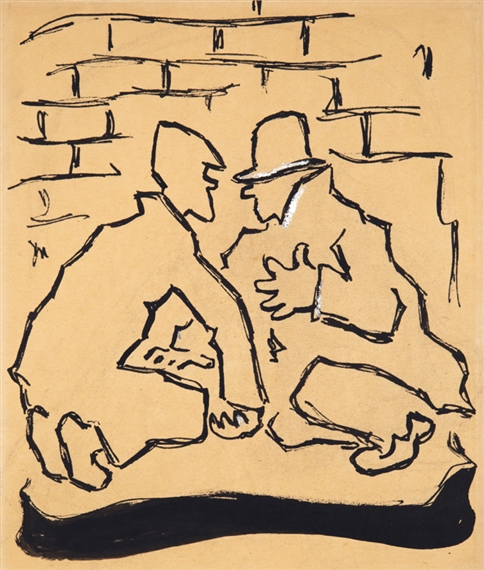
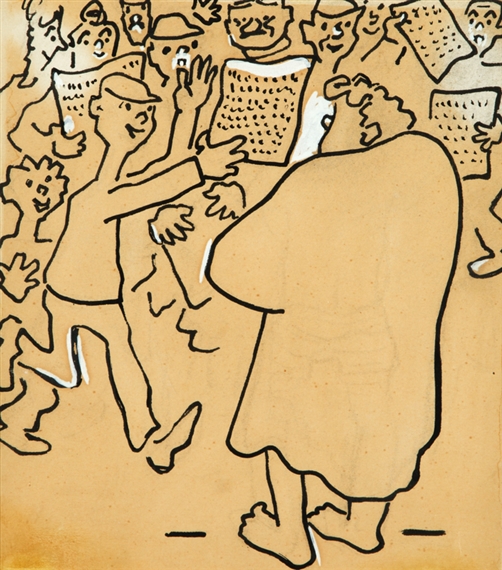

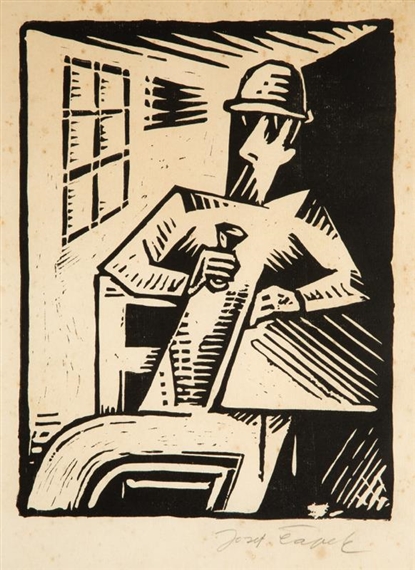

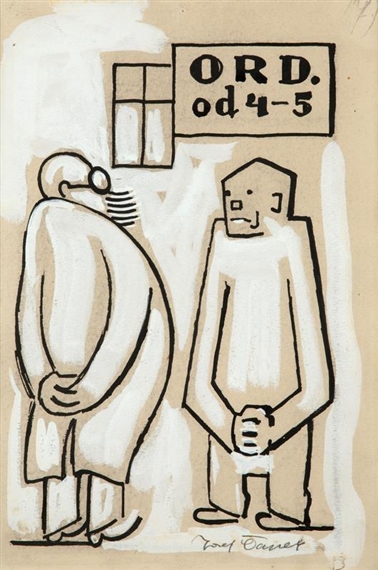

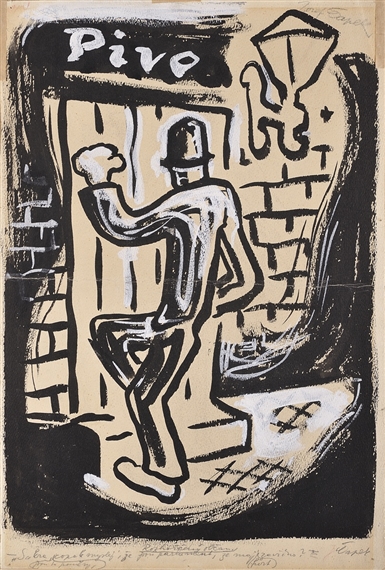

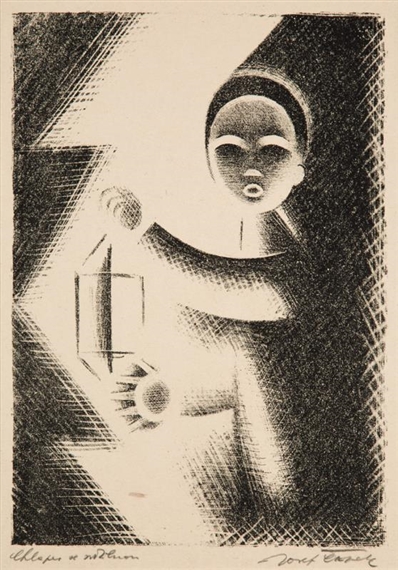

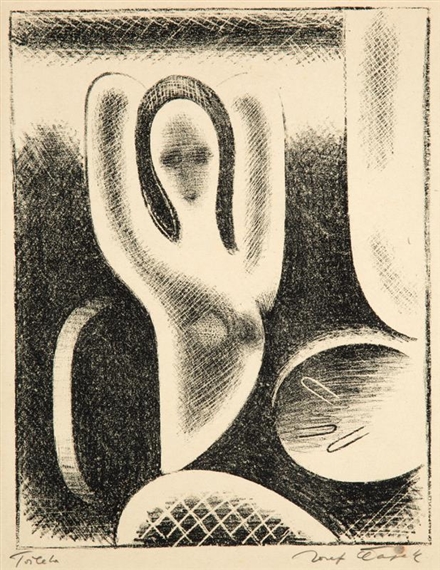

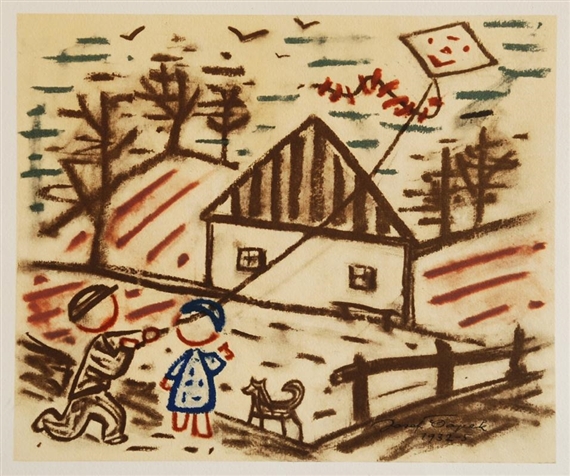

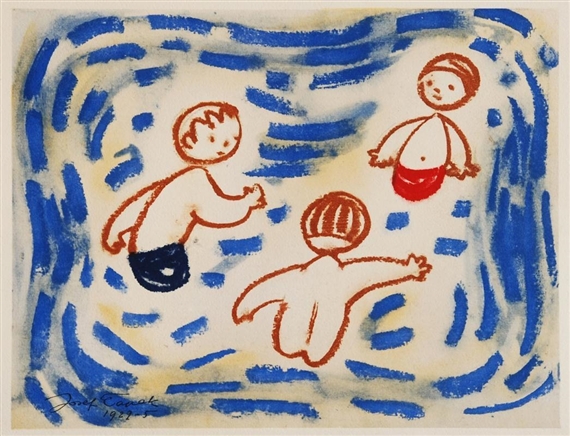

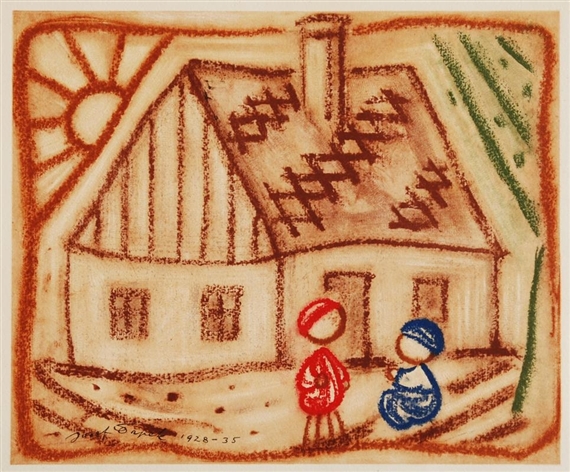

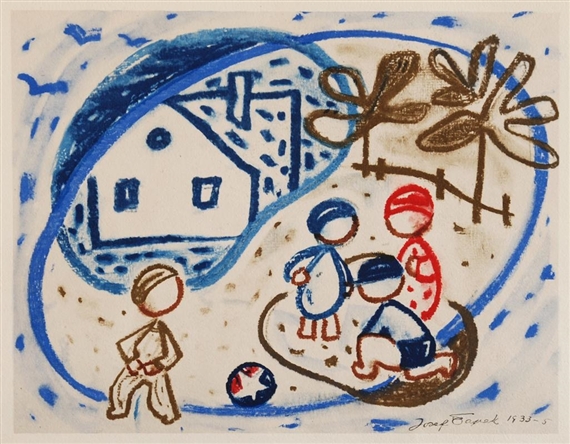

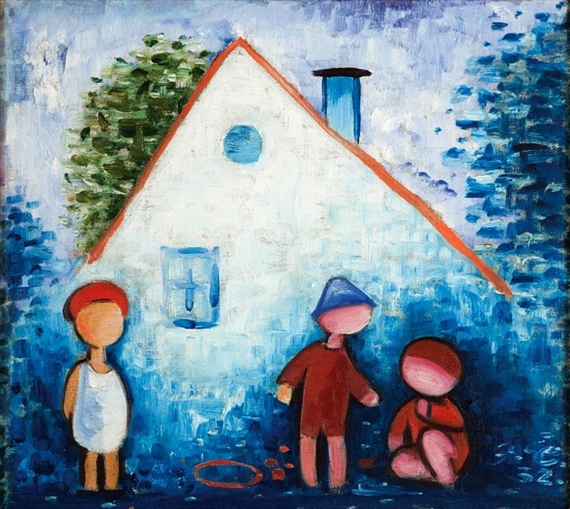

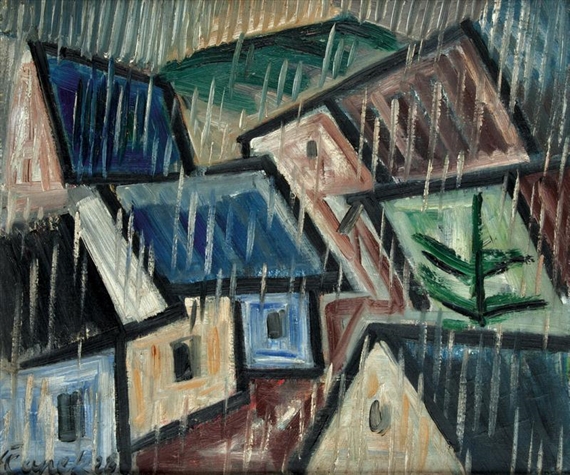

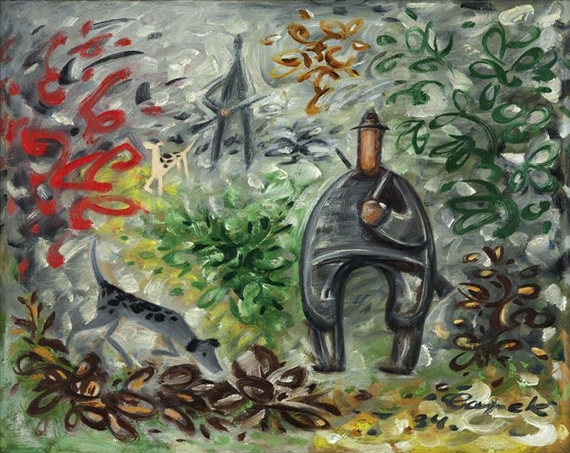

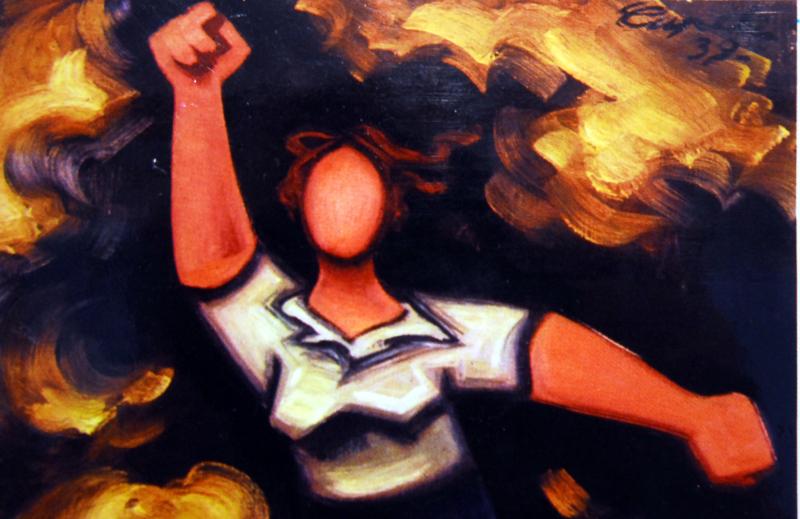

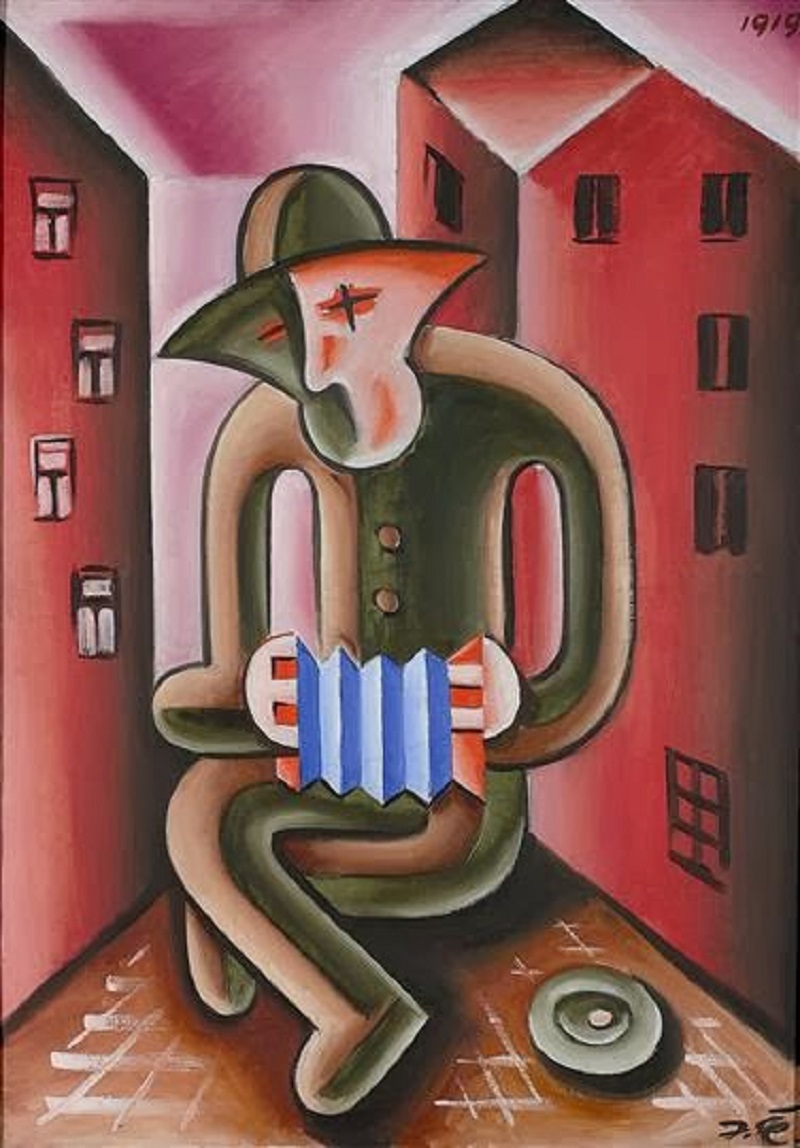

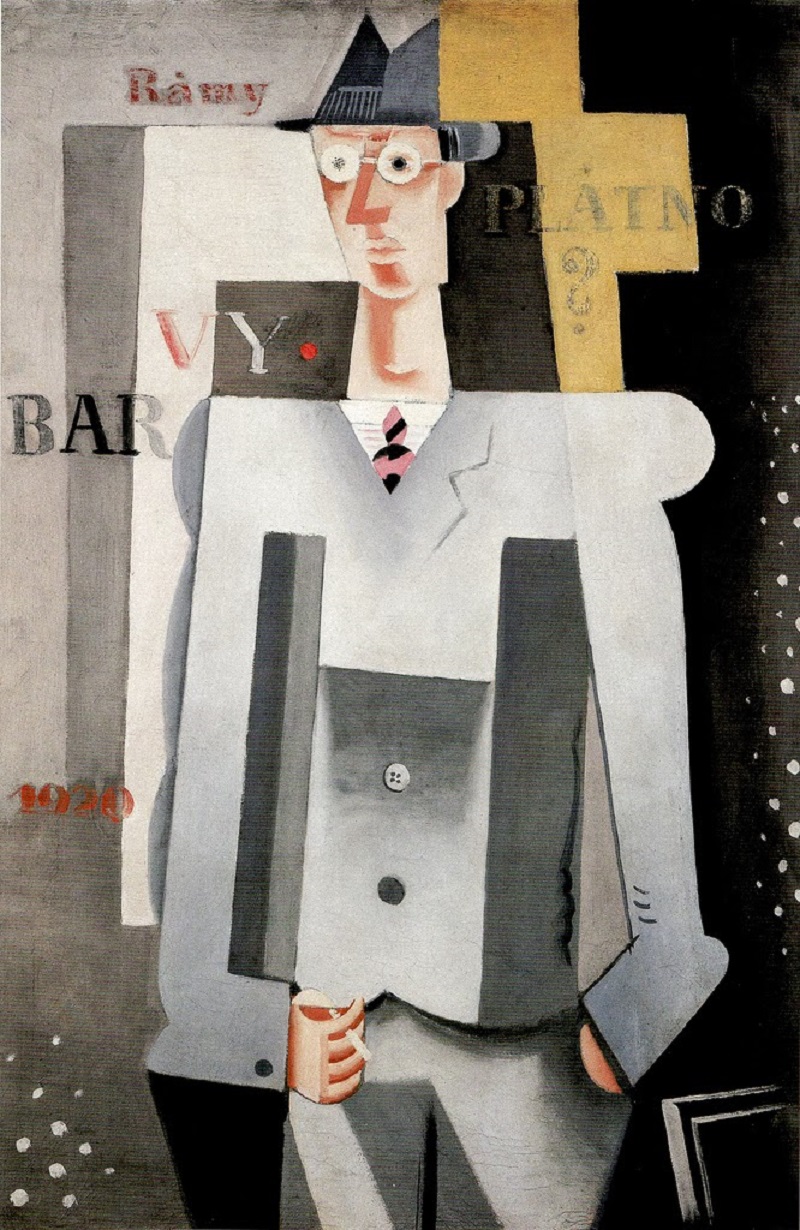

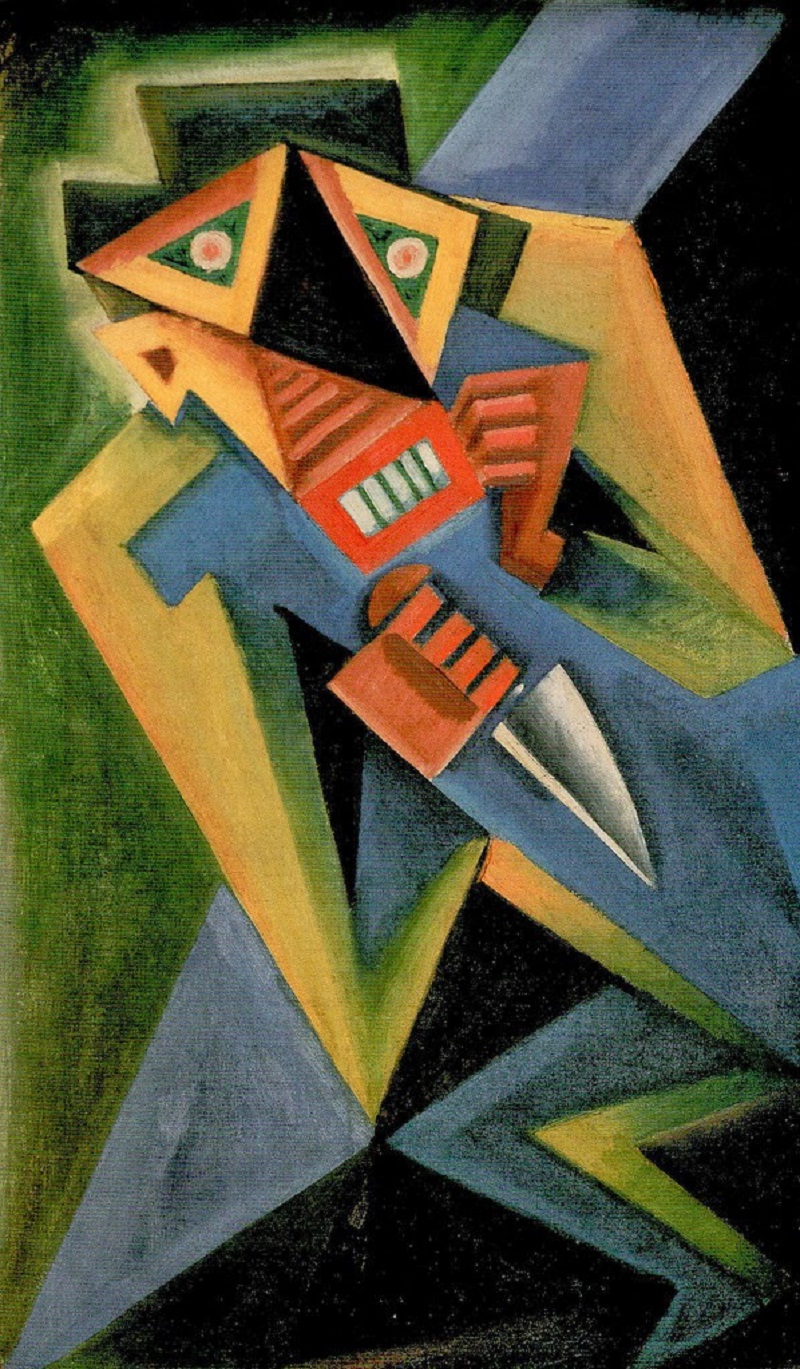

You can find many of his books and artwork on eBay – including books, lithographs, graphics and so on.
Sources: Wikipedia, Prague Guide, Weimarart, Prague Information.
If you have not already subscribed to get TresBohemes.com delivered to your inbox, please use the form below now so you never miss another post.
Remember, we rely solely on your donations to keep the project going.
Become a friend and get our lovely Czech postcard pack.
















